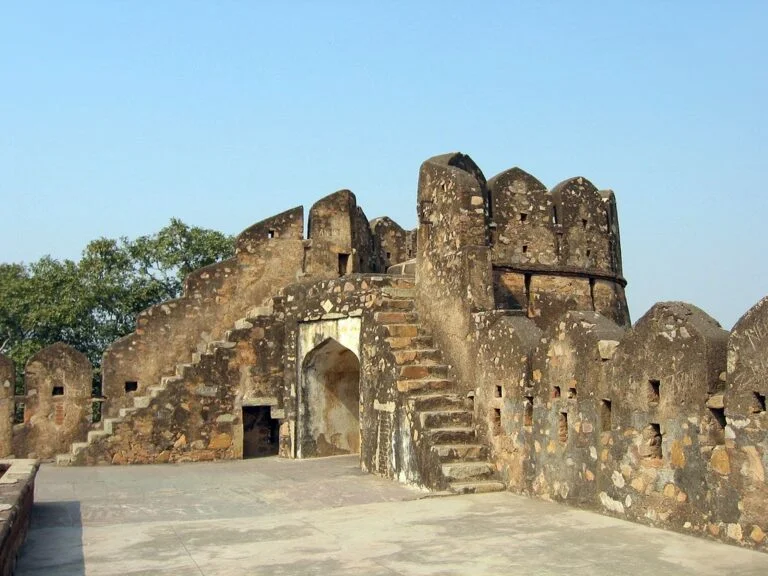When we first see it, we are reminded of Rani Lakshmibai, the warrior queen who stood up to Britain. Resistance gathered around her during the Indian Revolt of 1857, also known as the First War of Independence in India. When it came to fighting against the British, she chose the Jhansi fort as her battleground.
A child of royal lineage named Anand Rao was adopted by Rani Lakshmibai and Gangadhar Rao after their marriage in 1842 CE (renamed Damodar Rao). A clever move by the British, who refused to recognise Damodar Rao as the legal heir to the Indian Empire after the Raja died in 1853, led to the annexation of India under the Doctrine of Lapse policy.
If the princely state’s ruler was “manifestly incompetent” or had died without a male heir, the British would annex it. It took the invalidation of her son’s right to rule and the arbitrary annexation for Rani Lakshmibai to develop a deep hatred for the British.
Revolutionaries in Meerut proclaimed Lakshmi Bai regent of Jhansi when the revolt broke out in 1857 CE. Supporters of the Rani flocked to Jhansi from the surrounding areas. As she and her supporters took control of the fort, she proudly declared, “mein apni Jhansi nahi dungi.” As the Company’s men surrounded the fort, the siege lasted several weeks.
Godse (1827-1904 CE), a poor Brahmin priest who was in Jhansi when the revolt of 1857 broke out, provides a first-hand account. In addition, the Rani, according to the source, declared, “We fight for independence.” The Lord Krishna says that, “If we win, we will enjoy the fruits of victory, but if we lose and die on the battlefield, we will earn eternal glory and salvation.”
A masterful leader, Rani Lakshmibai held off the British soldiers, led by Sir Hugh Rose for a considerable period of time. She made sure that the fort was well-stocked with food, water, and other essentials for her defence. Despite her tenacity, the British soldiers managed to break through the south wall of the fort and take control of the fort. The fort was being taken over, and she managed to get out before it was completely taken over. On the back of her horse, Badal, she is said to have jumped off a high wall.
Kalpi and Gwalior were her first stops. She joined the rebels and fought against the British in both places. However, the British forces were able to defeat them and take control of the area. Rani is believed to have died while still fighting. Brits were still talking about her bravery after she died. In the words of Sir Hugh Rose: “She was a man among mutineers.” Lord Canning, India’s first Viceroy, wrote in his private papers, “She used to dress like a man (with a turban) and ride like one.”
Fortress Jhansi is a symbol of India’s resistance to British rule and unfair policies. In her palace, Rani Mahal, near the fort, weapons used in the siege of the Jhansi fort are now on display. India’s sovereignty is embodied in this fort, which inspires its citizens to this day.

